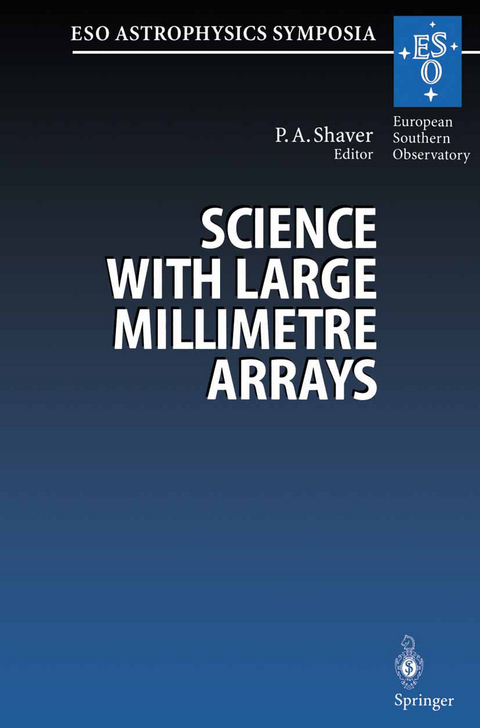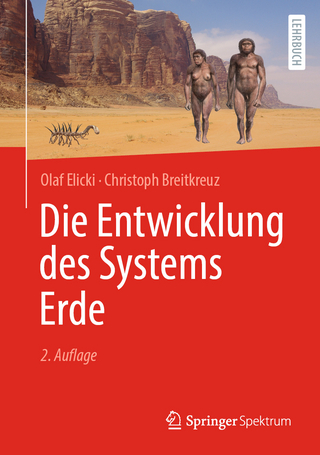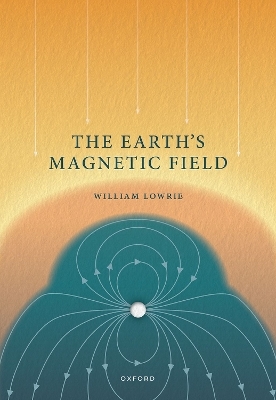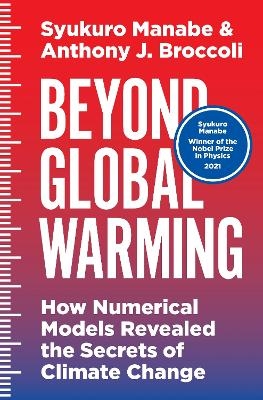
Science with Large Millimetre Arrays
Springer Berlin (Verlag)
978-3-662-22395-6 (ISBN)
1. Introduction.- Millimetre Astronomy in the 21st Century.- A 10000m2 Southern MM Array.- 2. Science with Large Millimetre Arrays.- The Nature and Observability of Protogalaxies.- Observability of Early Evolutionary Phases of Galaxies at mm Wavelengths.- Studying High Redshift Starburst Galaxies with a Large (Sub)millimetre Array.- Deep Surveys with a Large Submillimetre Array.- The LSA and Galaxy Surveys.- The LSA and Gravitational Lensing.- Primordial Molecules.- 1.3 mm Detection and Mapping of Radioquiet QSOs at Very High z.- Molecular Lines in Absorption (and Emission) from Distant Galaxies and Quasars.- Millimeter-VLBI with a Large Millimeter Array: Future Possibilities.- The Variable Microwave Continuum of Radio-Loud AGN.- Millimeter Radiation from Normal Galaxies and AGN.- Submillimetre Observations of Low Ionization BAL Quasars.- Dynamical Studies of Spiral Galaxies.- Kinematics and Distribution of Molecular Gas in Galaxy Nuclei.- Star Formation and Molecular-Gas Dynamics in Galaxies with the Nobeyama Array and LSA.- Radio Recombination Lines from External Galaxies.- Molecular Gas in Early-Type Galaxies.- Magellanic Cloud Studies with Large mm Arrays.- Will the LSA Detect Continuum or Line Emission from AGB Stars in the LMC?.- High-Resolution Submm and MIR Imaging of the Central Parsec of the Milky Way.- New Evidence for Interaction of a Molecular Cloud/HII Region with the G359.54+0.18 Nonthermal Filaments.- Galactic Molecular Clouds.- Millimeter-Wave Absorption Spectroscopy of Molecular Clouds.- Astrochemistry.- Abundance and Origin of Galactic Water.- Interferometric Observations of Sagittarius B2: Evidence for Grain Chemistry.- A Hot Ring in the Sgr B2 Molecular Cloud.- High-Density Filaments in the Photodissociation Region (PDR) Associated with NGC 7023.- Searching for Star Formation Regions.- Infrared and mm Data for Class I Candidates.- Observations of Young Stellar Objects with Large Millimeter-Wave Arrays.- Protoplanetary Disks.- Observations of Bipolar Molecular Outflows with Large Millimeter Arrays.- Accretion and Outflow in a Protostellar System in Corona Australis.- Masers at Millimeter and Submillimeter Wavelengths.- Millimeter Recombination Lines from Dense Envelopes Around Young Stars.- Millimeter Continuum Observations of Stars.- AGB Star Envelopes as Probes of Stellar Evolution and Time-Dependent Chemistry.- CO Observations of Short Period Miras.- Planetary Nebulae.- Supernovae with the Large Southern Array.- Study of Planetary Atmospheres.- Asteriods and Comets: The Prospect for Observations with a Large Millimetre Array.- An Extension of the European Millimetre VLBI Network: Plans for a mm Radiotelescope in Greece.- Science with Large Millimetre Telescopes.- 3. A Large Millimetre Array in the Southern Hemisphere.- The Synergy Between a Large Southern Array and the Very Large Telescope of ESO.- A European Study Project for a Southern Millimetre Array.- Large Southern Array: Feasibility.- On the Imaging Efficiency, Speed, and Sensitivity of Millimetre Arrays.- Site Survey for a Large Southern Array.- Correction of Atmospheric Phase Fluctuations.- Atmospheric Phase Correction Based on Sky Emission in the 210-248 GHz Band.- Phase Correction Strategies for the Australia Telescope Compact Array at Short Wavelengths.- Innovative Telescope Designs.- Millimetre Receiver Technology for a Large Array.- Correlator Developments for (Sub)millimeter Telescopes.- 4. Workshop Summary.- Concluding Remarks.
| Erscheint lt. Verlag | 18.4.2014 |
|---|---|
| Reihe/Serie | ESO Astrophysics Symposia |
| Zusatzinfo | XVII, 409 p. 206 illus. |
| Verlagsort | Berlin |
| Sprache | englisch |
| Maße | 155 x 235 mm |
| Gewicht | 609 g |
| Themenwelt | Naturwissenschaften ► Geowissenschaften ► Geophysik |
| Naturwissenschaften ► Physik / Astronomie ► Astronomie / Astrophysik | |
| Schlagworte | Accretion • Astronomy • Cosmology • Galactic Systems • Galaxies • Gravitation • instruments • Millimetre Astronomy • Planet • Quasar • quasars • Radio Astronomy • Redshift • Solar System • Star • star formation • stellar evolution |
| ISBN-10 | 3-662-22395-3 / 3662223953 |
| ISBN-13 | 978-3-662-22395-6 / 9783662223956 |
| Zustand | Neuware |
| Informationen gemäß Produktsicherheitsverordnung (GPSR) | |
| Haben Sie eine Frage zum Produkt? |
aus dem Bereich


